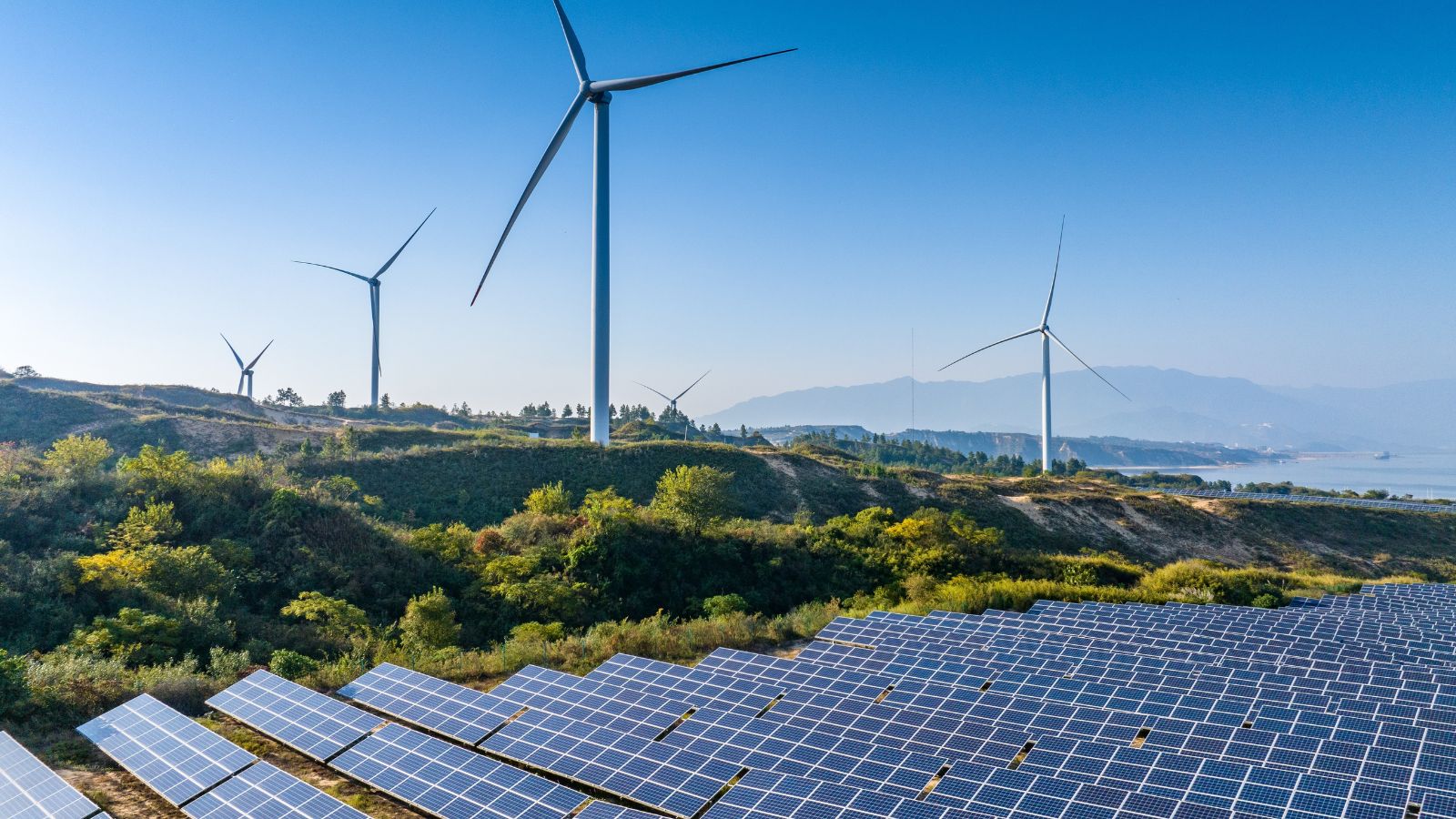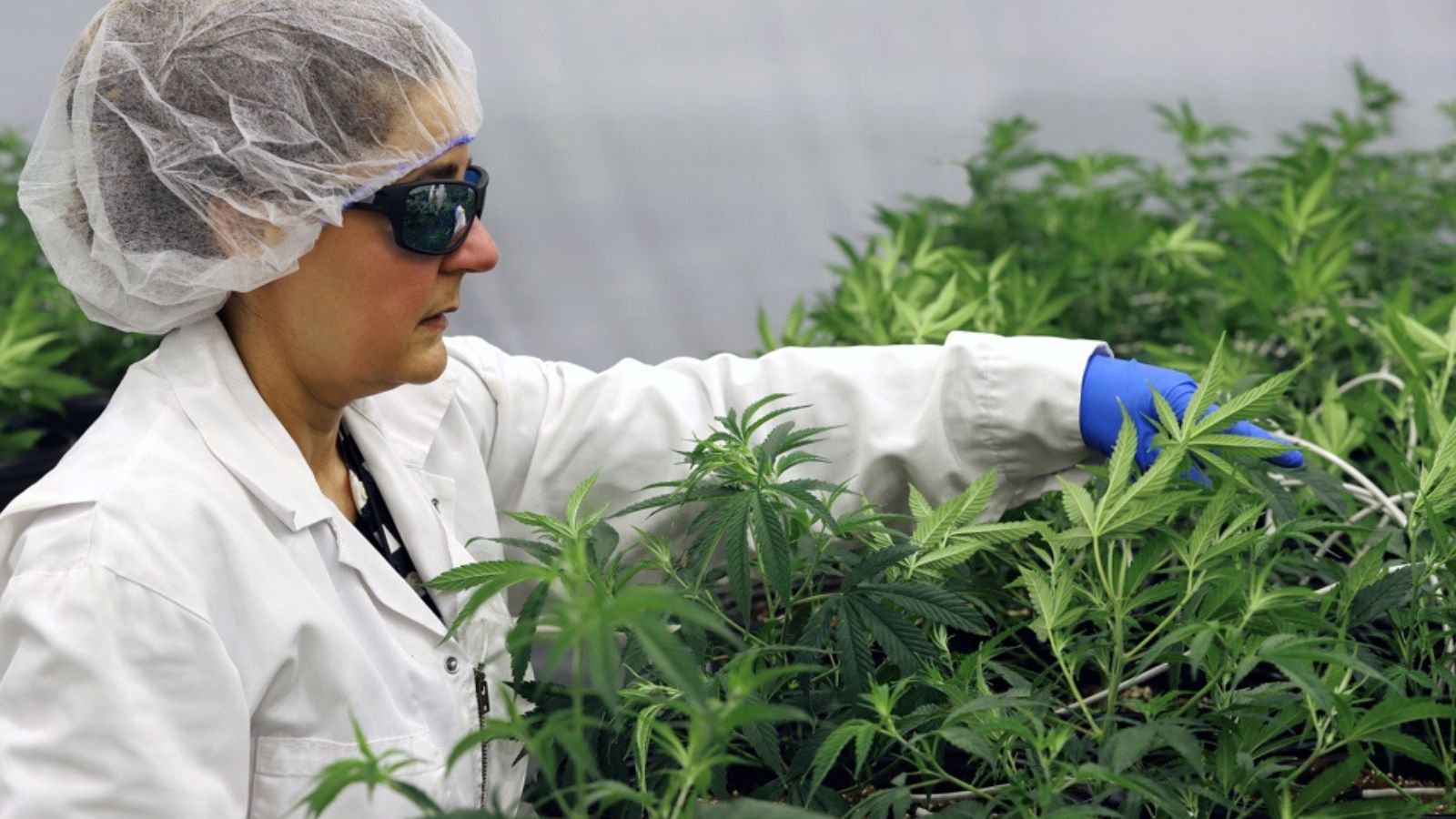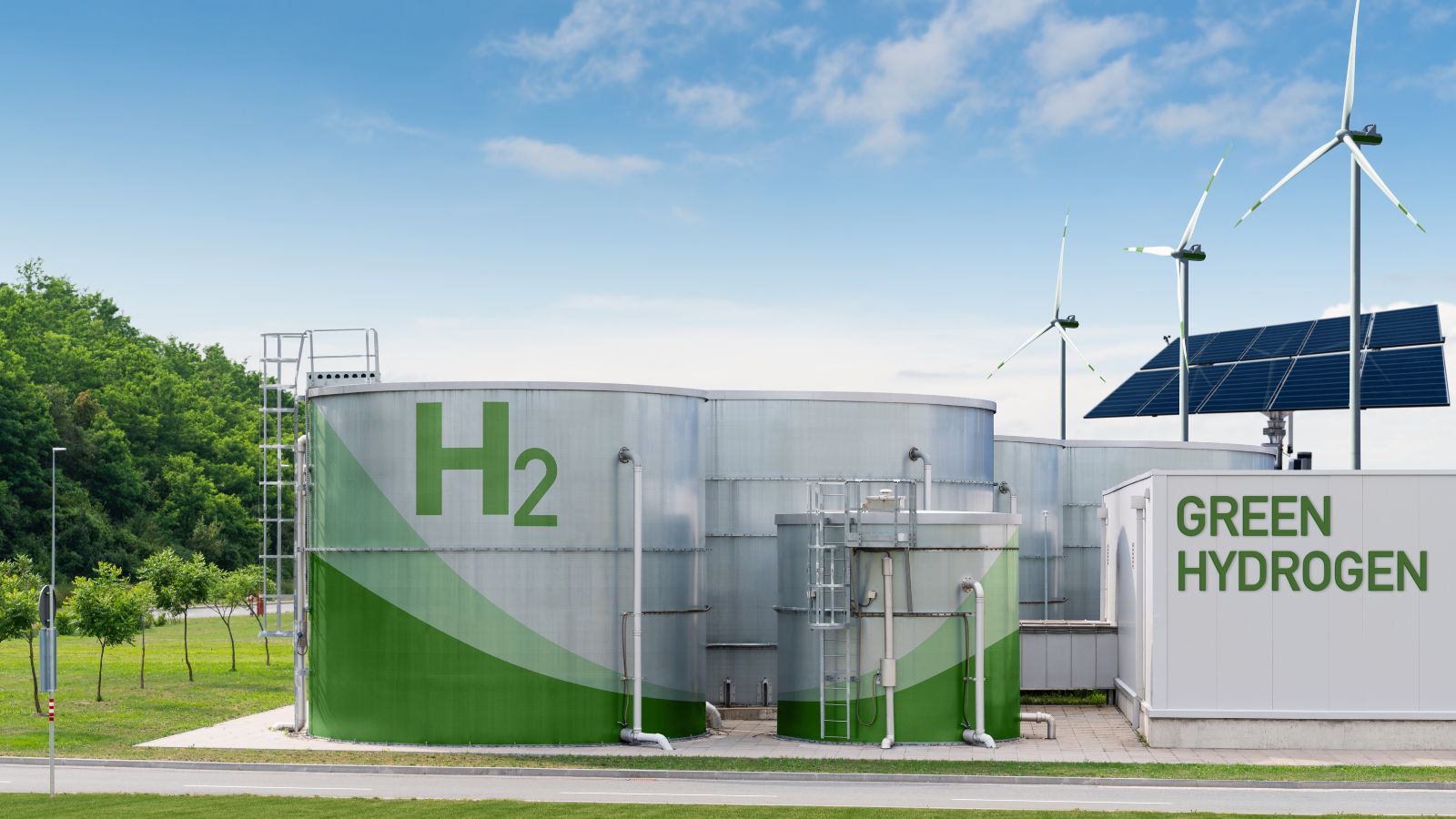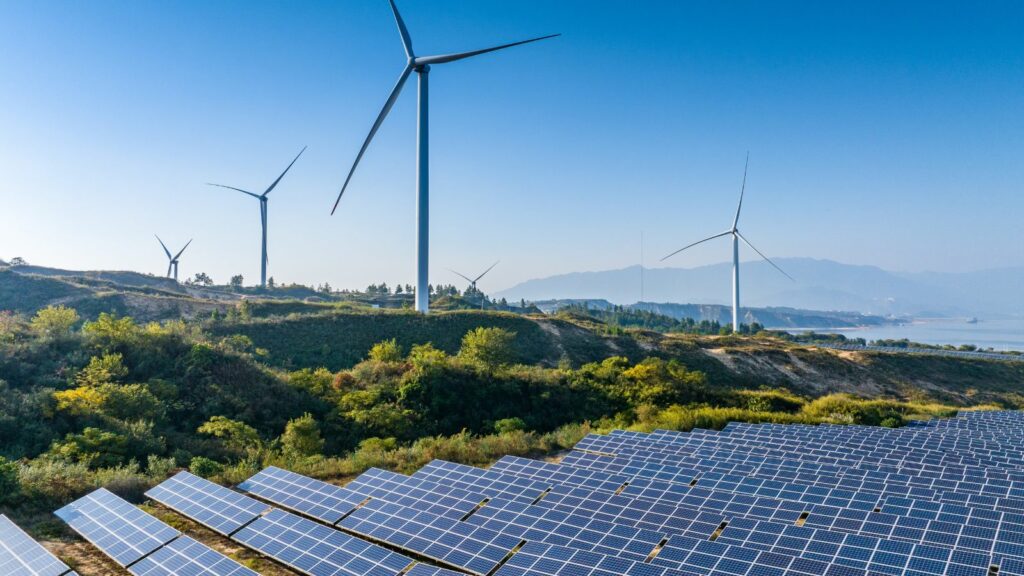Canada is often known for its natural beauty, peaceful society, and polite culture. However, beneath the surface, the country is steadily building its global strength across multiple areas, including technology, energy, finance, innovation, and diplomacy. Canada is making smart and long-term moves that are increasing its influence on the world stage. Here are 25 key ways Canada is quietly becoming a modern superpower.
Investing Heavily in Clean Energy

Canada is placing a serious focus on clean energy, with billions of dollars being allocated to develop wind, solar, hydro, and green hydrogen projects. The country already generates around 60% of its electricity from hydro sources and is rapidly expanding its solar and wind capacity. Through initiatives such as the Canada Growth Fund and the Clean Electricity Regulations, the government is promoting the production of low-carbon energy. Private investors are also backing renewable startups across provinces. By building a reliable and sustainable power grid, Canada is preparing to meet global climate goals while powering industries cleanly. This steady transition is helping boost its energy leadership on the world stage.
Leading the World in AI Research

Canada is a global leader in artificial intelligence research, driven by institutions such as the Vector Institute in Toronto, MILA in Montreal, and AMII in Edmonton. These hubs attract top talent and conduct breakthrough research in machine learning, robotics, and natural language processing. The government’s Pan-Canadian AI Strategy was the first national AI strategy in the world and continues to fund innovation and training. Major tech companies, including Google, Meta, and DeepMind, have established AI labs in Canadian cities.
Becoming a Hub for Tech Startups

Canada’s tech startup scene is experiencing rapid growth, particularly in cities such as Toronto, Vancouver, Montreal, and Waterloo. These hubs offer strong support through incubators, government grants, and venture capital. Programs like the Strategic Innovation Fund and the Canada Digital Adoption Program are helping small businesses scale more quickly. Affordable living costs, compared to Silicon Valley, and access to skilled workers make Canada an attractive destination for founders. Startups in sectors such as fintech, health tech, clean tech, and AI are gaining global attention.
Attracting Global Talent Through Immigration

Canada welcomes skilled immigrants through streamlined pathways such as the Express Entry system and the Global Talent Stream. These programs make it easier for professionals in tech, science, healthcare, and engineering to move and work in the country. In 2022 alone, over 437,000 new permanent residents were admitted—many of them highly educated and job-ready. The country’s inclusive immigration policies, work-life balance, and public healthcare make it a top choice for global talent.
Expanding its Global Trade Partnerships

Canada is expanding its influence through robust trade partnerships worldwide. It is part of key agreements, such as CUSMA (with the US and Mexico), CETA (with the European Union), and CPTPP (covering Asia-Pacific countries). These deals open up new markets for Canadian goods and services while lowering trade barriers. The country is also working on stronger ties with India and Southeast Asia. By exporting natural resources, tech services, agricultural products, and clean energy solutions, Canada is diversifying its economy.
Quietly Dominating the Mining Industry

Canada is one of the world’s largest players in the mining sector, particularly in key resources such as gold, nickel, copper, and potash. The Toronto Stock Exchange lists more mining companies than any other exchange globally, and the country is home to major mining firms such as Barrick Gold and Teck Resources. Canada also leads in the exploration and extraction of critical minerals, such as lithium and cobalt, which are vital for electric vehicles and clean energy technologies. With rising global demand for these resources, Canada’s stable political environment and responsible mining practices are quietly turning it into a strategic leader in the global supply chain.
Playing a Key Role in Critical Minerals

Canada is emerging as a leading supplier of critical minerals, including lithium, cobalt, graphite, and rare earth elements. These materials are essential for electric vehicles, batteries, and clean energy technologies. The government has launched the Critical Minerals Strategy and is investing CA$3.8 billion to support exploration, mining, and processing. With vast reserves and a strong regulatory framework, Canada is a reliable source for countries seeking alternatives to China. Strategic partnerships with the US, EU, and Japan are helping expand its global reach.
Building a Strong Agri-Tech Sector

Canada is transforming its agricultural sector with technology, making farming smarter and more efficient. The agri-tech industry is utilizing tools such as drones, AI, robotics, and precision farming to enhance crop yields and minimize environmental impact. Companies such as Farmers Edge and Semios are gaining global recognition. Government programs, such as the AgriScience Program, help startups test and scale their innovations. With vast farmland and growing food demand worldwide, Canada is well-positioned to lead in sustainable agriculture.
Innovating in the Cannabis Industry

Canada was the first G7 country to legalize recreational cannabis at the federal level in 2018. This early move has allowed Canadian companies to lead in cannabis research, production, and exports. Firms like Canopy Growth, Tilray, and Aurora Cannabis are developing new products and expanding into global markets. The industry is also advancing in areas such as pharmaceutical applications and sustainable cultivation methods. Government regulations support innovation while ensuring safety and quality.
Growing Influence in Quantum Computing

Canada is building a strong presence in quantum computing through research, investment, and collaboration. Institutions like the University of Waterloo’s Institute for Quantum Computing and companies like D-Wave and Xanadu are pushing the boundaries of what quantum technology can achieve. The government has committed CA$360 million to the National Quantum Strategy, which supports the development of talent and commercialization. Canadian researchers are making significant contributions to global breakthroughs in quantum algorithms, cryptography, and materials science.
Promoting Financial Stability Through Strong Banks

Canada’s banking system is recognized as one of the safest and most stable in the world. Major institutions, such as RBC, TD Bank, and Scotiabank, operate under strict regulatory frameworks and maintain robust capital reserves. The Office of the Superintendent of Financial Institutions ensures that banks follow conservative lending and risk management practices. Even during global financial crises, Canadian banks have remained resilient. This stability builds investor confidence and supports long-term economic growth. With a strong financial foundation, Canada can support innovation, fund infrastructure, and attract global capital, quietly reinforcing its position as a reliable global financial player.
Strengthening the Renewable Energy Sector

Canada is increasing its investment in renewable energy to reduce carbon emissions and prepare for a future powered by clean energy. The country already generates most of its electricity from hydro sources and is now expanding wind, solar, and bioenergy capacity. Programs such as the Clean Electricity Investment Tax Credit and the Net-Zero Accelerator are helping drive private sector participation. Provinces such as Alberta and Ontario are experiencing rapid growth in solar and wind installations. With vast natural resources and government support, Canada is steadily building a reliable and low-emission power system. This shift is helping secure its role as a leader in renewable energy.
Prioritizing ESG and Sustainable Investing

Canada is placing a growing focus on environmental, social, and governance (ESG) principles in both public policy and private investment. Pension funds, banks, and asset managers are shifting capital toward companies that prioritize sustainability and responsible governance. Institutions such as the Canada Pension Plan Investment Board are integrating ESG factors into their long-term investment strategies. The government is also requiring more comprehensive climate disclosures from businesses to enhance transparency. These efforts are creating a culture of accountability and long-term value.
Fostering Innovation in Climate Tech

Canada is emerging as a hotspot for climate technology innovation, with startups and research institutions developing solutions for carbon capture, clean transportation, and energy efficiency. Companies such as CarbonCure, Svante, and Loop Energy are gaining global recognition for their impact. Public funding programs, such as Sustainable Development Technology Canada (SDTC), support early-stage companies and help them scale. Universities are also partnering with industry to accelerate progress. With a mix of policy support, investment, and talent, Canada is building a strong climate tech ecosystem.
Investing in Infrastructure Development

Canada is making significant investments in infrastructure to support economic growth, job creation, and sustainability. The Canada Infrastructure Bank is financing projects in public transit, clean power, and green buildings. Urban centers are seeing upgrades in transportation systems, broadband connectivity, and water treatment facilities. These developments are improving productivity and reducing carbon emissions across provinces. Strategic investments in northern and rural regions are also helping close access gaps. By focusing on long-term, high-impact infrastructure, Canada is not only modernizing its economy but also increasing its global competitiveness.
Becoming a Leader in Digital Identity

Canada is advancing rapidly in digital identity solutions that improve security, privacy, and access to services. Government initiatives such as the Pan-Canadian Trust Framework are laying the foundation for secure and verified online identities. Provinces such as British Columbia and Ontario are piloting digital ID programs that enable residents to access healthcare, banking, and public services without requiring physical identification documents. Private firms are also contributing to innovation in identity verification and authentication. These systems aim to simplify transactions while protecting user data.
Growing Role in Global Peacekeeping

Canada has a long history of supporting peacekeeping missions and continues to play a quiet yet impactful role in global stability. It contributes personnel, funding, and training to United Nations missions in conflict zones worldwide. The Canadian Armed Forces also engages in humanitarian support and disaster response. Programs like the Elsie Initiative promote the inclusion of women in peace operations. While its peacekeeping presence is smaller than in past decades, Canada’s diplomatic approach, focus on human rights, and conflict resolution training continue to earn respect.
Leveraging Natural Resources Responsibly

Canada is rich in natural resources, including oil, gas, forests, and minerals. What sets it apart is its effort to manage these resources responsibly. The country is working to reduce emissions from oil sands, expand forest conservation, and improve environmental regulations across the resource sector. Companies are adopting cleaner technologies and reporting sustainability metrics. Indigenous communities also play a greater role in land and resource management. These practices ensure that economic benefits do not come at the cost of long-term environmental damage.
Developing Green Hydrogen Projects

Canada is investing in green hydrogen as part of its clean energy future. The federal Hydrogen Strategy aims to position the country as a global leader in hydrogen production, particularly in regions such as Alberta, Quebec, and Newfoundland. Green hydrogen, made using renewable electricity, can power heavy industries and long-haul transport without emissions. Projects like the Air Products hydrogen facility in Alberta and the World Energy GH2 project in Newfoundland are gaining momentum. With its vast renewable energy potential and strong engineering expertise, Canada is developing the infrastructure necessary for a low-carbon hydrogen economy that supports both domestic use and global exports.
Supporting Indigenous Entrepreneurship

Canada is promoting Indigenous entrepreneurship through targeted funding, training, and community partnerships. Programs such as the Indigenous Growth Fund and the Aboriginal Entrepreneurship Program offer capital and business development support to Indigenous-owned businesses. These initiatives empower communities to build sustainable economies while preserving cultural values and land stewardship. Sectors such as tourism, clean energy, and natural resource management are witnessing increasing Indigenous participation. Education and mentorship networks are also helping young Indigenous entrepreneurs launch new ventures.
Building Smart and Sustainable Cities

Canada is transforming its urban areas into smart and sustainable cities through the use of technology, data, and green infrastructure. Cities like Toronto, Vancouver, and Montreal are adopting smart traffic systems, energy-efficient buildings, and clean public transportation. The Smart Cities Challenge encourages municipalities to develop innovative solutions for climate resilience, mobility, and digital services. Urban planning now focuses on reducing emissions, improving livability, and increasing access to services. Investments in green spaces and affordable housing also support social sustainability.
Partnering on Arctic Development and Sovereignty

Canada is strengthening its presence and partnerships in the Arctic to support development and assert sovereignty. With climate change opening up new shipping routes and access to resources, Canada is investing in Arctic infrastructure, security, and research. Collaborations with Indigenous communities ensure that development respects local needs and traditional knowledge. The Canadian Armed Forces maintain a presence in the North through training missions and surveillance. Scientific research stations are also monitoring environmental changes.
Establishing Strong Cybersecurity Capabilities

Canada is building advanced cybersecurity capabilities to protect its digital infrastructure and economy. The Canadian Centre for Cyber Security leads national efforts in threat detection, risk mitigation, and public awareness. Government investments support research and workforce development in cyber technologies. Partnerships with global allies, private companies, and academic institutions strengthen national resilience against cyber threats. Canada is also contributing to international cyber policy discussions, promoting norms for responsible behavior online.
Fostering Innovation in Health Tech

Canada’s health tech sector is experiencing rapid growth through innovation in digital health, medical devices, and biotechnology. Startups and research institutions are developing tools for remote care, diagnostics, and personalized medicine. Government funding programs, such as the Innovation Superclusters Initiative and the Canada Health Infoway, are supporting the adoption of technology across the healthcare system. Companies like Dialogue and Think Research are expanding access to virtual care and health data solutions. Collaboration between hospitals, universities, and the private sector is accelerating progress.
Positioning Itself as a Leader in Global Diplomacy

Canada is using diplomacy to build strong international relationships and promote peace, trade, and cooperation. It plays an active role in organizations like the United Nations, NATO, and the G7. Canadian diplomats work on issues such as human rights, climate change, and conflict resolution. The country is also known for supporting multilateral solutions and providing foreign aid in regions facing crisis. With a reputation for fairness and dialogue, Canada often serves as a bridge between conflicting parties. Its diplomatic approach, combined with strong global partnerships, allows it to influence key international decisions and quietly shape global policy.
21 Products Canadians Should Stockpile Before Tariffs Hit

If trade tensions escalate between Canada and the U.S., everyday essentials can suddenly disappear or skyrocket in price. Products like pantry basics and tech must-haves that depend on are deeply tied to cross-border supply chains and are likely to face various kinds of disruptions
21 Products Canadians Should Stockpile Before Tariffs Hit
